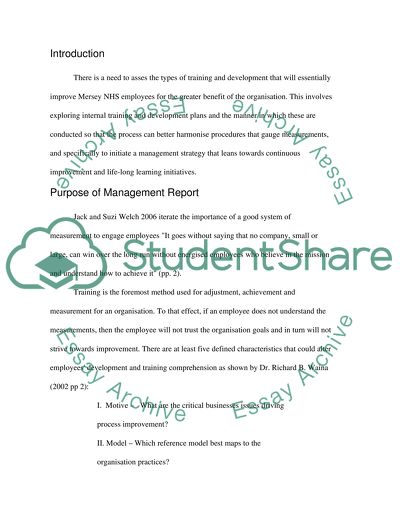Cite this document
(“Improving Training and Development at Mersey NHS Essay”, n.d.)
Improving Training and Development at Mersey NHS Essay. Retrieved from https://studentshare.org/human-resources/1538037-improving-training-and-development-at-mersey-nhs
Improving Training and Development at Mersey NHS Essay. Retrieved from https://studentshare.org/human-resources/1538037-improving-training-and-development-at-mersey-nhs
(Improving Training and Development at Mersey NHS Essay)
Improving Training and Development at Mersey NHS Essay. https://studentshare.org/human-resources/1538037-improving-training-and-development-at-mersey-nhs.
Improving Training and Development at Mersey NHS Essay. https://studentshare.org/human-resources/1538037-improving-training-and-development-at-mersey-nhs.
“Improving Training and Development at Mersey NHS Essay”, n.d. https://studentshare.org/human-resources/1538037-improving-training-and-development-at-mersey-nhs.


